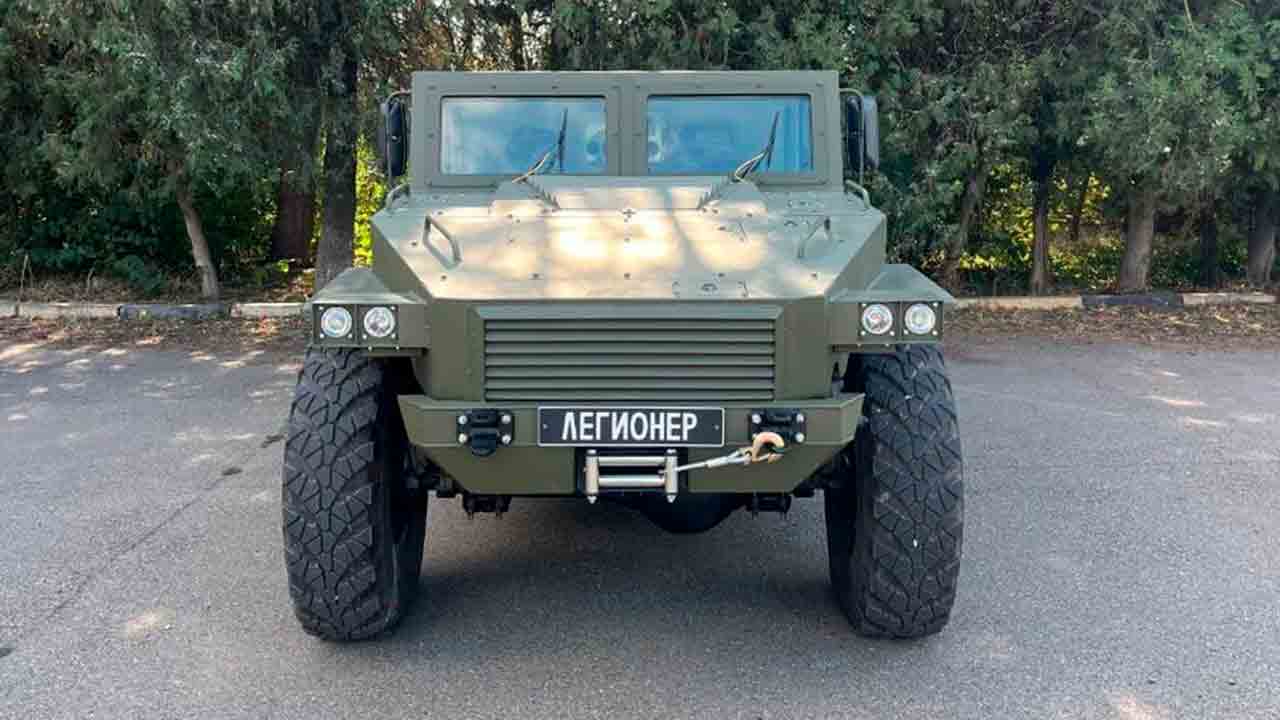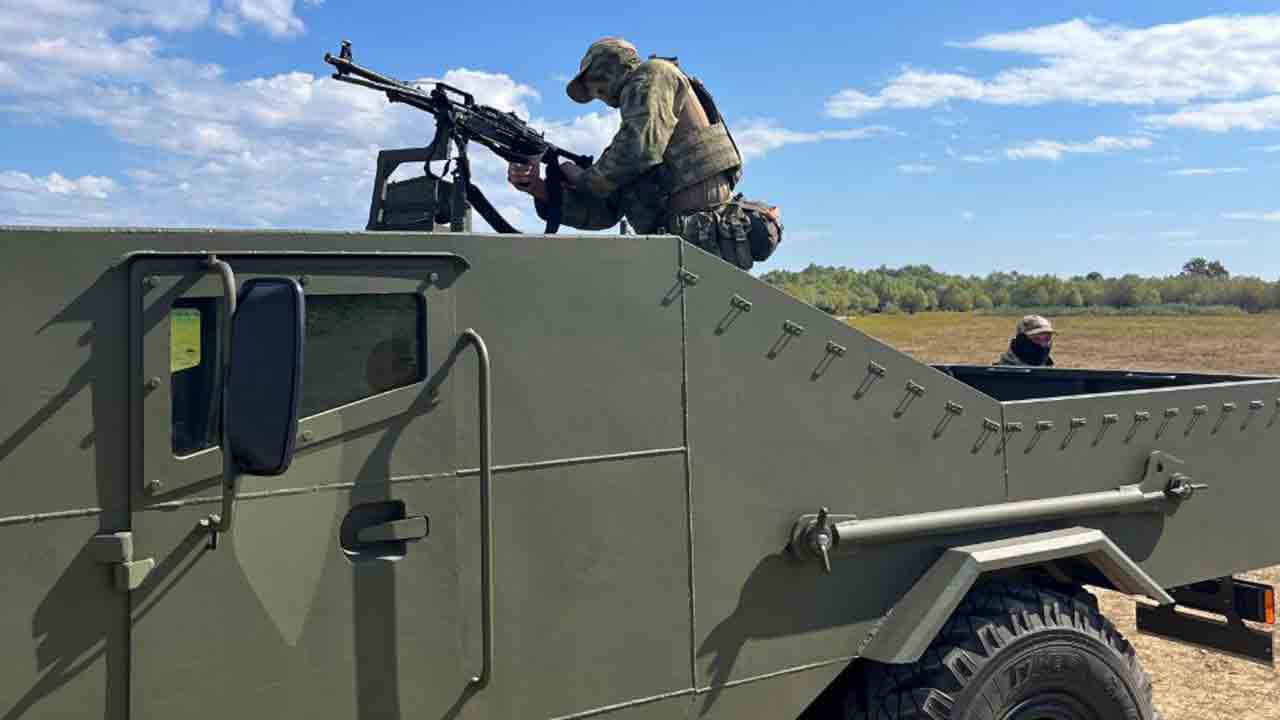Russia has officially unveiled the new light armored vehicle, the Legioner, developed by Russkiye Boyevyye Mashiny (RBM).
The platform is designed to bridge the gap between unarmored military vehicles and heavily armored vehicles like the BTR-82A, offering excellent mobility, basic protection capabilities and versatility due to its compact design.
+ Click here to watch the video

+India joins a group of countries that own railway-launched ballistic missiles
Design and Inspiration
The Legionel combines historical design with modern technology, with lines reminiscent of classic Soviet-made vehicles such as the BTR-40 and BTR-152. The developers describe it as a multi-purpose platform that supports a wide range of logistical missions on the battlefield.
Role on the battlefield
The project was born in response to the challenges facing Russian army forces in Ukraine and other conflicts. Today, the Russian army mostly relies on modified civilian trucks with little protection, and heavily armored vehicles like the BTR-82A. The Legionel is located somewhere in between, offering greater mobility and loading capacity than civilian vehicles, while not as heavy or cost as traditional armored vehicles.

Technical specifications
The Legionel is built on a 4×4 chassis and features a bulletproof cabin and an open rear platform. This allows for transporting supplies, moving support units, or carrying light firearms such as machine guns.
- Weight: 6.5 tons
- Load capacity: 2.5 tons
- Engine: 200 hp YaMZ-234 diesel
- Maximum speed: 100 km/h
- Range: 750 km
This range performance allows long operational operations without the need for frequent resupply, increasing mission efficiency in fluid combat areas.
Operational concept
The open rear platform shows the Legionel’s aim. It’s not about replacing an armored personnel carrier, it’s about complementing its activities. It is intended for use in situations where heavy armor is not essential, such as logistical support, cargo transport, and auxiliary missions. Because it is lighter and faster than traditional APCs, it is expected to increase operational tempo in dynamic battlefield scenarios.
Source and Images: Telegram @CyberspecNews | @milinfolive. This content was created with AI support and reviewed by the editorial department.

